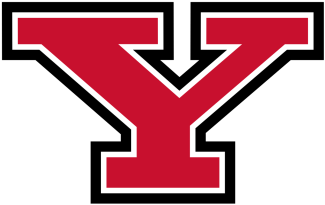This article, as told to Matt DaSilva, appears in the April edition of US Lacrosse Magazine, which includes a special 12-page section featuring faces and voices of the black lacrosse community. Don’t get the mag? Join US Lacrosse today to start your subscription.
At the basis is your support system. I had an extremely solid support system. That starts at home with my mom, my dad and my brother. When you’re coming into a sport and you are the minority or the only one, it can be daunting. But that’s life, especially as a minority person. That’s waking up every day.
I went to a predominantly white high school, college, so sport — why would I expect that to be any different? But that support system has to be solid day in and day out. I was part of a terrific program at Northwestern. I had a great experience and a leader in Kelly [Amonte Hiller], who saw me as more than just an athlete or a black kid that can run. Sometimes that’s all people want to equate me to and belittle the accomplishments I had throughout my career in lacrosse. But she saw me as something bigger and as a dominant lacrosse player. She really instilled that in me throughout all my four years, that when I step on the field, I’m going to dominate.
As a minority child, sometimes you have to work twice as hard to get half the recognition. That’s the hard reality. I had an extra chip on my shoulder when I went out and played any sport. Yes, I’m mad athletic, but I’m very good at this sport as well.





















